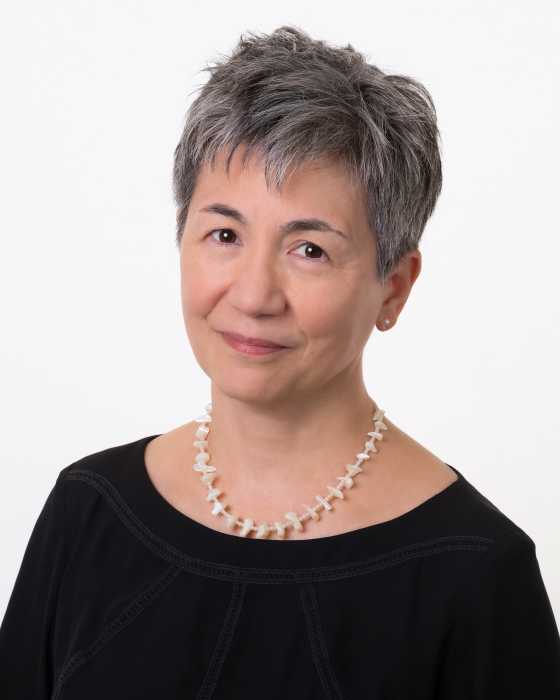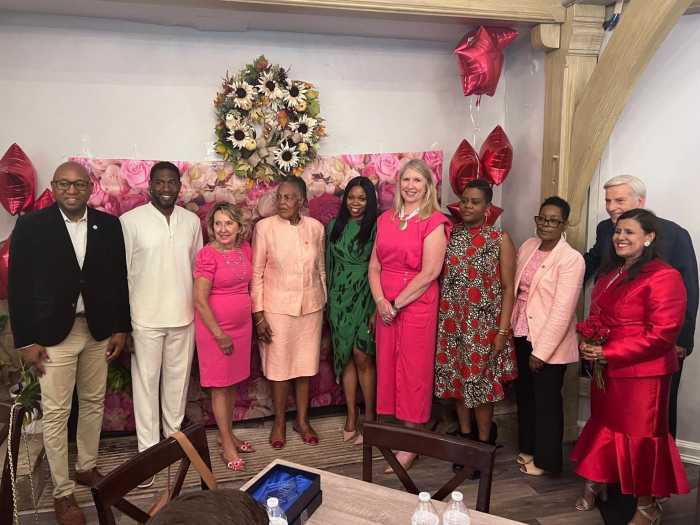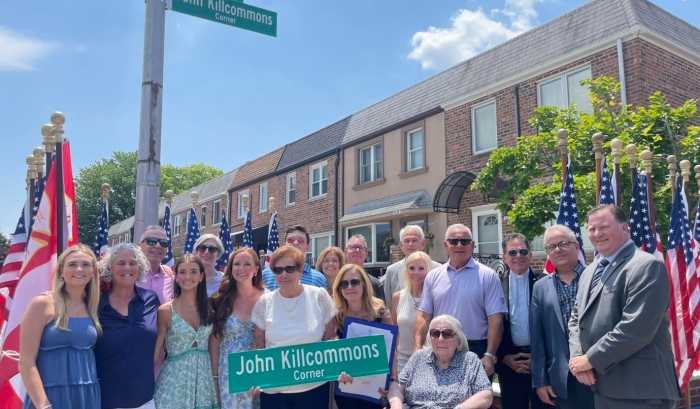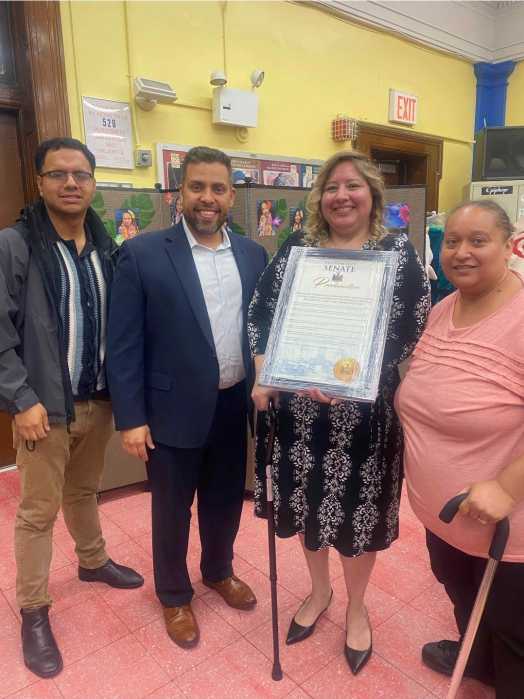Astoria was named “coolest neighborhood in the world” just two years ago — but a first-of-its-kind neighborhood-level survey of New York workers released Thursday, June 3, found that many are still suffering from unemployment, anxiety and other COVID-19 impacts, even as vaccination rates increase and restrictions are lifted.
The report, from the Center for New York City Affairs at the New School and the Consortium for Worker Education, surveyed more than 700 workers in Astoria and shows the depth and breadth of challenges facing the city as it emerges from the pandemic.
In focusing the survey on one neighborhood, and partnering with trusted community-based organizations on outreach, researchers were able to include vulnerable New Yorkers who are often missed in city-wide surveys. Astoria was chosen as a representative, middle-income neighborhood with a diverse population.
“By bringing together economic findings with insight into mental health needs, new care responsibilities, and uncertainty about the employment landscape, this survey gives a uniquely multi-dimensional picture of the challenges workers face as New York emerges from the pandemic,” report author L.K. Moe said. “Only by addressing these linked economic and social needs will the city be able to reopen and rebuild in a way that will allow all New Yorkers to recover.”
Workers of color have been the hardest hit by unemployment, according to the survey.
Black workers reported the highest rates of dislocation at 39 percent, followed by Latinx workers at 34 percent, white workers at 25 percent and Asian and other races and ethnicities at 18 percent.
A third of Astoria workers surveyed were laid off during the pandemic and only 38 percent have returned to work either full-time or part-time. Two-thirds of all respondents lost income, and three-quarters of workers from households making $50,000 or less annually saw negative economic impacts.
“It is clear that free market and existing government programs are not enough for workers to recover from this unprecedented economic calamity,” Consortium for Worker Education Chairman of the Board George Miranda said. “Elected leaders at the city, state and federal level must ensure that small businesses have the funds to rehire their workforce and that workers have access to training and support to re-enter an economy that has changed from when they were laid off last year.”
The survey finds that New Yorkers are uncertain about their employment future.
Only 42 percent of dislocated Astoria workers think that they will be able to return to the same employer post-pandemic, while 20 percent think they will have to change occupations.
“This close look at pandemic impacts in Astoria reinforces what we suspect is happening at a citywide level — hundreds of thousands of workers will not return to their previous jobs and the city needs to mount an unprecedented response,” Center for New York City Affairs Director of Economic and Fiscal Policies James Parrott said. “Unless the city starts mobilizing a massive worker redeployment effort very soon, Black and Brown city residents will be consigned to double-digit unemployment rates for the next several years.”
Working New Yorkers are facing a myriad of challenges, they report in the survey, including high rates of anxiety, lack of sufficient internet access for remote education, and hunger. The report’s findings make clear that economic and social recovery will not reach the city’s most vulnerable workers without government intervention.
The Center for New York City Affairs and the Consortium for Worker Education recommended that the city create a massive wage subsidy program to allow small businesses to rehire employees as well as increasing investment in workforce development programs to support workers who must learn new skills to seek employment in the post-COVID economy.
“We were able to draw on the Consortium for Worker Education’s network of community organizations and unions to reach a representative cross-section of Astoria workers,” Consortium for Worker Education Executive Director Joe McDermott said. “These are institutions that got vulnerable New Yorkers through the pandemic and they are institutions that are going to ensure these workers succeed after the pandemic. We have to make sure they have the resources to serve their communities.”
Read the full Astoria report here, and for other CNYCA reports on the COVID-19 economic impact, visit centernyc.org/covid19-economic-impact.




































